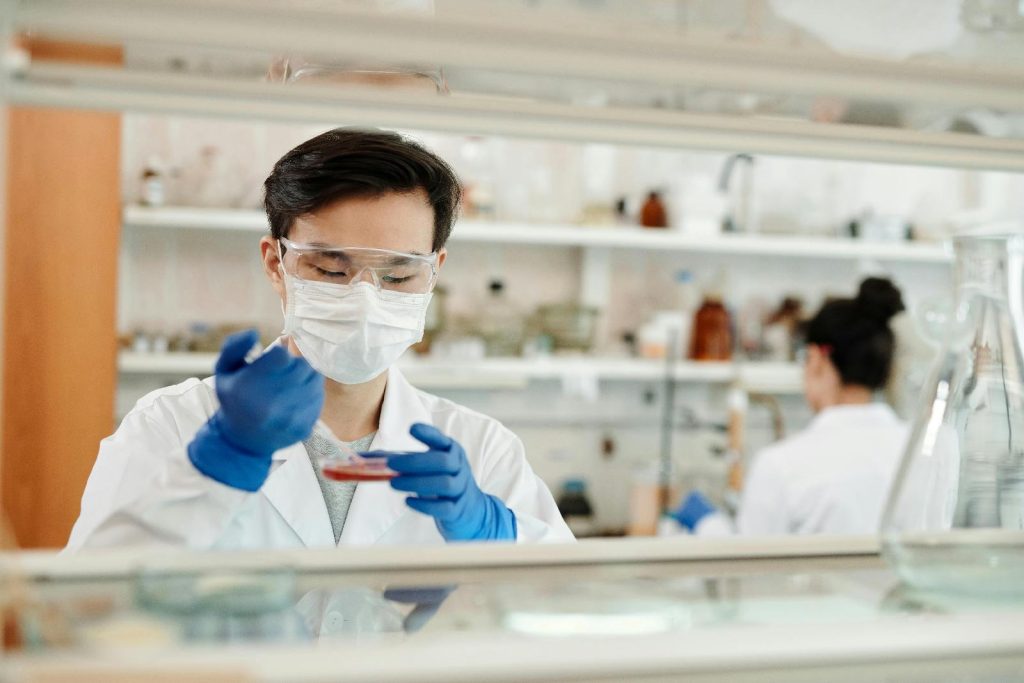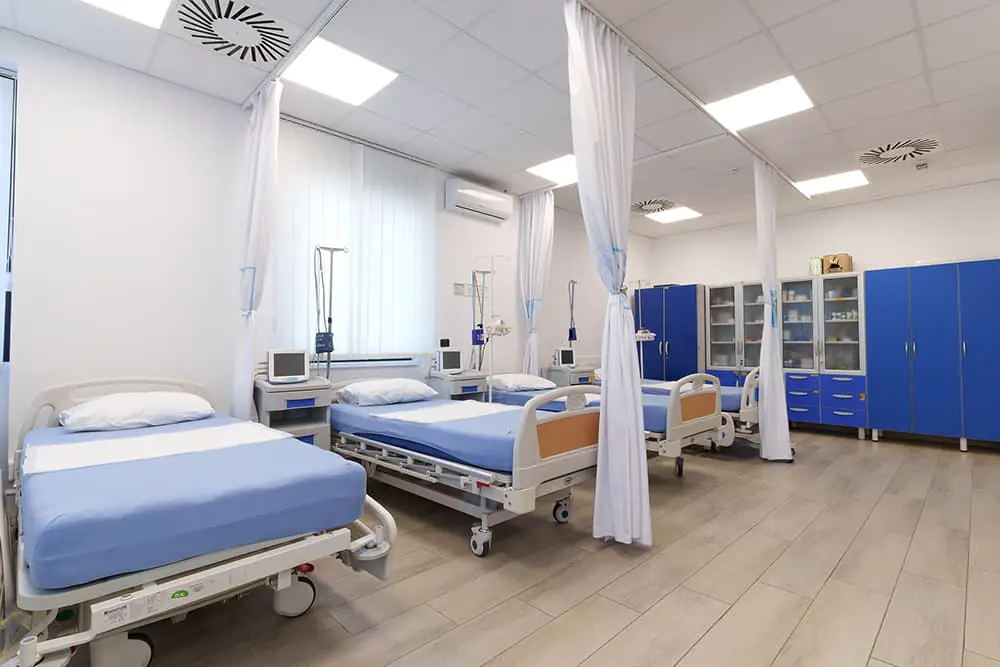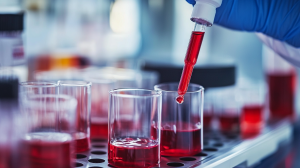Stem cell therapy represents a significant advancement in modern medicine, offering promising treatment options for a range of conditions. Central to this innovative approach is a meticulously designed process, which combines the creation of specialized cell products with their precise transplantation into the body.
This article provides an in-depth look at how stem cell therapy works, breaking it into key steps to offer a comprehensive understanding.
Who can benefit from stem cell therapy?
Based on our expertise and supported by extensive research, individuals with the following medical conditions may be eligible for stem cell treatment:
— Autism
— Cerebral Palsy
— CNS injuries (brain or spinal cord trauma)
— Stroke recovery
— Multiple Sclerosis
— Parkinson’s Disease
— Ataxia
— Alzheimer’s Disease or Dementia
— Motor Neuron Disease (MND)
— Joint disorders (Arthritis, Arthrosis, Osteochondrosis)
— COPD
— Chronic Kidney Failure (CKF)
— Diabetes Mellitus
— Lyme Disease
— Liver Cirrhosis
— Erectile Dysfunction
Candidates with realistic expectations, a doctor’s recommendation, and commitment to post-treatment care are the best suited for this therapy.
Who may not be eligible?
Certain factors can make stem cell therapy unsuitable, such as advanced age, severe health issues, or late-stage diseases. Specifically, the procedure is typically not recommended for individuals with:
— Bone marrow cancer
— Persistent infections
— Severe anemia
— Blood disorders
To determine eligibility, a consultation with a specialist in stem cell therapy is essential. This allows for a thorough evaluation of the patient’s unique circumstances.
Preparations before a stem cell procedure
Before undergoing therapy, patients must complete a detailed medical assessment to confirm suitability. Diagnostic tests help the medical team evaluate the patient’s overall health and establish whether the treatment is a safe and effective option. Key evaluations may include:
1. Blood Tests: Analysis of blood count, chemistry, blood type, and screening for conditions such as hepatitis or HIV.
2. Cardiac Function Tests: An EKG or echocardiogram may be performed to ensure the heart can safely handle the procedure.
3. Infection Screening: Tests to rule out active infections that could complicate the therapy.
4. Organ Function Assessment: Additional tests may be required to assess the health of critical organs like the liver, kidneys, or lungs.
Doctors may also prescribe medications to address underlying conditions, minimizing potential complications during therapy.
Developing the cell product
Stem cells are derived either from the patient (autologous) or a donor (allogeneic). The choice depends on the patient’s specific needs and health condition.
Donor Cells: Allogeneic cells are often recommended for their higher activity levels and convenience, as they require just one clinical visit. They are particularly useful when time is of the essence or when the patient’s own cells cannot be used due to medical restrictions.
Patient-Derived Cells: Autologous cells are collected from the patient, purified, and sometimes cultivated for 3–4 weeks before use. This process requires two clinic visits: one for cell collection and another for the therapy itself.

Is the procedure painful?
With appropriate pain management and medical supervision, stem cell procedures are typically not painful. Local numbing minimizes discomfort during injections, although some patients may experience mild soreness at the injection site. Children, for example, have reported minimal discomfort during therapy sessions for conditions like autism.
Enhancing therapy effectiveness
To optimize the results of stem cell therapy, we often combine it with complementary treatments that promote healing and symptom relief. These include:
— IMR Therapy
— Kinesiotherapy
— Manual Therapy
— Plasmapheresis
— Physiotherapy
— Specialized sessions with speech or occupational therapists
These therapies work by activating the body’s natural regenerative processes without weakening immune or metabolic functions.

Potential side effects
Stem cell therapy has a low risk of complications. The use of multipotent mesenchymal stromal cells minimizes the likelihood of immune rejection, even when donor cells are used. Rare side effects, such as a mild fever, are typically short-lived and resolve without intervention.
Recovery and results
Recovery time depends on the individual and the type of procedure but is generally brief with proper post-treatment care. Follow-up appointments are often scheduled within 3–6 months to evaluate progress.
Noticeable improvements may appear within weeks or months, depending on the condition treated. Common benefits include reduced pain, increased mobility, enhanced energy levels, and improved overall health. While the active effects of transplanted cells typically last 3–6 months, their benefits can continue long after.
Contact us
From start to finish, our medical advisors are here to ensure your stem cell therapy experience is smooth and transparent. Fill out the form to schedule a free consultation and learn more about the procedure.






